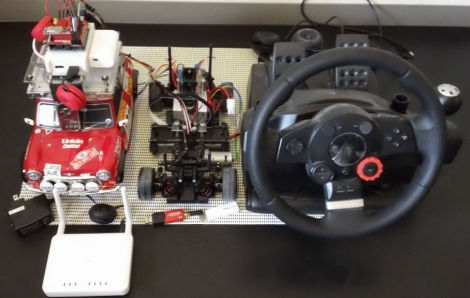
Many of you may have seen these fun little toys in museums or possibly even in school. Instructibles user [brazilero2008] takes us through the process of constructing one on our own.
Most of this toy are constructed from fairly household materials like foil, paper, straws etc. The fun part comes when you find the power supply. [brazilero2008] is using an air ionizer that he found at a rummage sale, though any high voltage DC source should work. He shares some tips on how to save time and effort creating the balls on the end by telling us how he did it the difficult way.
We admit this isn’t the most attention grabbing project, but we think it would be a fun educational weekend project.















